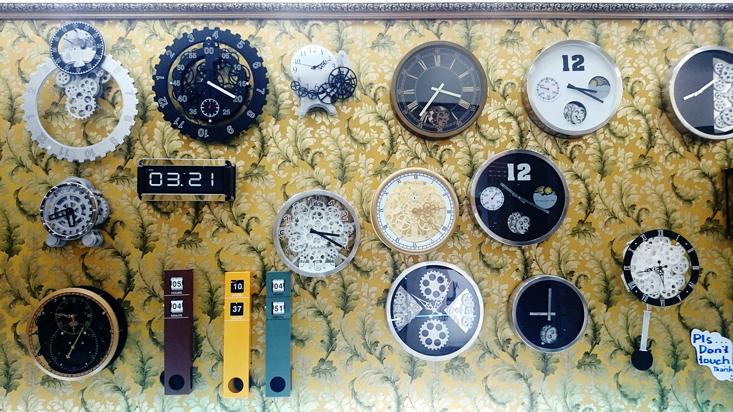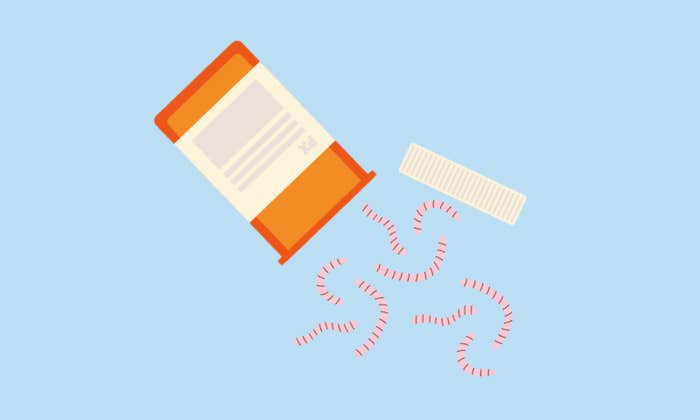Have you had a birthday recently? Feeling old? Don’t worry—there’s a good chance that you’re younger than your infant self.
As an adult, you have billions more new cells and trillions of times more new molecules than you had in your body when you were born. Your body now has day-old cells, year-old cells, and only a relatively small proportion of decades-old cells (found in parts of your brain). Most of your body is much younger than the day you were born.
What’s more, it’s not entirely clear what “old” actually means. The rate of cell multiplication and molecular turnover in your body varies from organ to organ. In our brain, most of the cells do not divide at all, even though many of the molecules that compose those cells can change or be replaced. Cells in other organs might divide every day. The cells that divide most frequently compose the lining of your intestine, the blood forming tissue in your spleen and bones, and the cells that form the lower stratus of the outermost layer of your skin.

You can think of a cell division like a clock tick. Normal cells can only divide a certain number of times—after that they stop dividing and later die. This is called the Hayflick limit, something I discovered in 1961. I also concluded then that only cancer cells can divide forever. So the various biological ages of our cells, organs, and tissues are analogous to the different times told by clocks in a clock shop. When you ask someone how old she is, you are asking her about millions of clocks each set to a different time. The best answer she might be able to give is that her brain is old, her stomach is young, and her liver is middle-aged.
This is more than a curiosity of language—even academics who study aging for a living can’t agree on what it means. Ten years ago, and at my own expense, I organized three consecutive annual breakfast meetings of leading researchers in bio-gerontology (those who study the biology of aging) prior to the annual meetings of the Gerontological Society of America (I am a past president). I did this in an effort to obtain agreement on the definition of key terms in the field. I warned the members that failure would simply prove what I had maintained for years—that we were talking and writing over each other’s heads. The conferences failed to obtain any agreement on terms, including “age” and “aging.”
Aging is an artifact of civilization.
Nor has there been success in the lab. Bio-gerontologists have tried to determine biological age by measuring blood chemicals, lifestyle differences, organ functions, and many other biological variables. Not one, or any combination of them, has proved to be successful. Some have argued that a marker of biological age could be determined by searching for a common denominator in those over 100 years of age. This effort, too, has been unsuccessful so far.
The lack of definition around the word “age” interferes with our ability to measure it. Nevertheless, there is a burgeoning effort, both in academia and in industry, to modify biological age. In the absence of any ability to measure age, this can’t help but be a multi-billion dollar industry based on faith. Most bio-gerontologists agree that, unlike chronological time, changes in biological age still cannot be measured.
The many studies that you’ve heard about claiming longevity extension through calorie restriction or chemical agents have not actually proven any slowing in the aging process. Instead, they confuse aging with the determinants of longevity: Just because an animal died earlier in a lab, doesn’t mean it aged faster. This failure to distinguish age changes from longevity determinants is a fundamental problem in the field of biogerontology. Almost all research allegedly done on aging today is actually done on longevity determinants or age-associated diseases. Neither tells us anything about the biology of aging. I call this the “$100 billion misunderstanding.”
For instance, half of the budget of the National Institute on Aging is spent on studying Alzheimer’s disease, whose resolution would add only 19 days to human life expectancy. Even curing all age-associated disease will add only about 12 years. The Institute spends only 1 to 3 percent of its budget on fundamental research on the etiology of aging, which could potentially have a much greater impact on our lives. After all, if we understood the fundamental biology of aging then we would know the reason why all major diseases are age associated.
To get ourselves on the right track, we need to know that aging can be defined at every level from the molecular to the demographic. None will be a succinct definition. We do know that aging is an artifact of civilization. It occurs only in humans and in the animals that we choose to protect. I and others believe that aging in animals and in inanimate objects is a result of the Second Law of Thermodynamics, which says that energy tends to spread out or dissipate unless constrained. The constraints are the energy levels contained in the chemical bonds that hold atoms in molecules together. In time that energy dissipates, the bonds break, and the molecules become dysfunctional. All repair systems are composed of molecules, thus they suffer the same fate. The capacity of repair systems to maintain function is maintained until reproductive maturation, at which time the accumulation of dysfunctional molecules begins to exceed repair capacity. This gives rise to functional losses at increasingly higher levels of organization—cell, tissue, organ, whole animal.
Based on this, my best effort at a definition would be “biological aging is the accumulation of unrepaired dysfunctional molecules over time that leads to loss of function in cells and organs.”
As for what should you celebrate on your birthday, the wisest thing to do is continue doing what you’ve always done: Count how many years it’s been since you were born, and appreciate the experiences that time has afforded you. Just think twice before you call that your age.
Leonard Hayflick has studied the fundamental biology of aging for over 50 years. He discovered that cultured normal human cells are mortal and age and that only cancer cells are immortal thus upsetting a 60-year old dogma.


























